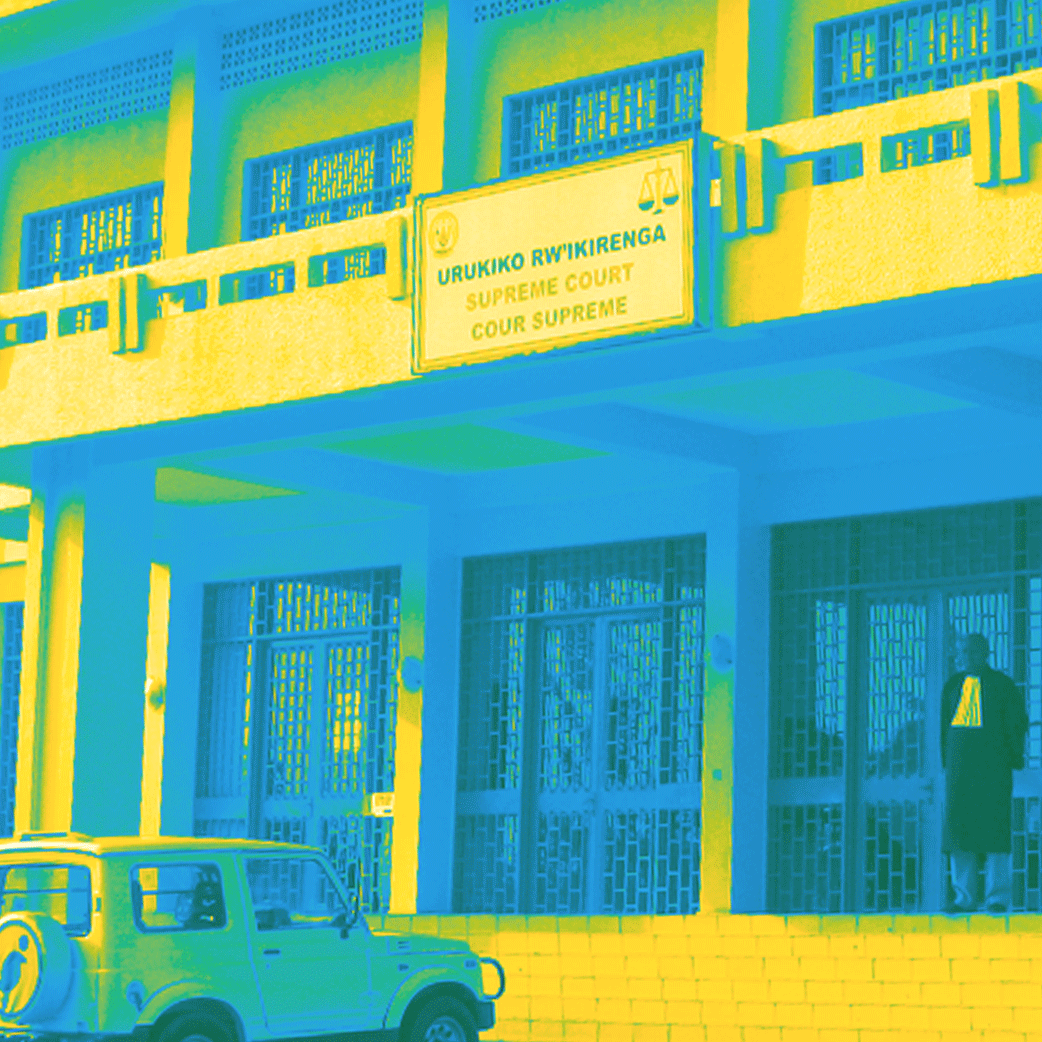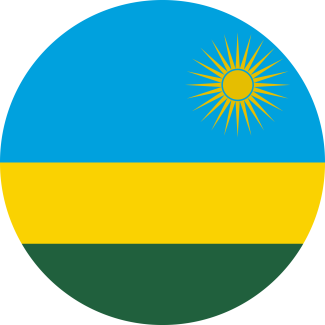
The Republic of Rwanda, known as "Le Pays Des Mille Collines" (the land of a thousand hills), is a landlocked country in Central Africa. It has three major ethnic groups: Hutu (~85%), Tutsi (~14%), and Twa (~1%). The official languages include English, French, Swahili, and Kinyarwanda. The Hutus first populated modern-day Rwanda between the 5th and 11th centuries, followed by the Tutsis in the 14th century. The Tutsis, whose pastoral economy focused on livestock, developed a client-patron relationship with the more agricultural Hutus. Although a minority, Tutsi kings ruled Rwanda from the 16th century until the arrival of Europeans in the late 1800s. During this period, the Tutsi, Hutu, and Twa lived in relative harmony. Although they had different cultural identities, their communities were fluid due to intermarriage and the widespread use of a common language, Kinyarwanda .
In the late 1800s, Rwanda and neighboring Burundi were absorbed into German East Africa. After World War I, Rwanda became a colony of Belgium. Under both German and Belgian administrations, the social structure became rigid and stratified. Both powers used Tutsi monarchs to assert indirect rule. Amid growing Hutu discontent, Belgium allowed local elections in 1959. In 1961, Rwandans voted to become an independent republic, and in 1962, Belgium withdrew from the country. A new Hutu-led government took power the same year. During this transition, some members of the newly empowered Hutu majority engaged in acts of violent retribution against the previously dominant Tutsi minority. In 1973, growing tensions between the dominant and more elite Southern Hutus and the marginalized northern communities led to a coup. President Grégoire Kayibanda was removed and General Juvénal Habyarimana seized power. A single-party dictatorship ruled the country for over 20 years.
In 1990, the Rwandan Patriotic Front (RPF), a Tutsi resistance group led by Paul Kagame and Fred Rwigyema, invaded Rwanda from neighboring Uganda. The government and the RPF signed the Arusha Accords in 1993, with the goal of integrating the RPF into Rwandan politics. On April 6, 1994, the Rwandan and Burundian presidents were killed after their plane was shot down. The RPF and the Rwandan government blamed one another for the attack. Following the crash, extremist Hutus launched mass killings against Tutsis across the country. In just 100 days, between 500,000 and 1,000,000 Tutsis and moderate Hutus were killed, atrocities later declared a genocide by the United Nations Security Council. The RPF launched a counteroffensive in April 1994 and defeated the government by July. After the RFP victory, the Tutsis and Hutu agreed to share political power. On July 19, Pasteur Bizimungu, a Hutu, was named president, and Paul Kagame, a Tutsi and leader of the RPF, became vice president. Kagame succeeded Bizimungu in 2000 and remains in power today.
The subsequent national rebuilding process included restructuring the justice system. Special international tribunals and the revived national court system played a crucial role in Rwanda’s post-colonial and post-genocide healing.
Legal System
During the period of Belgium’s colonial rule, codified civil laws applied only to white people, customary law applied to the colonized population, and Belgian criminal law applied to all. When Rwanda’s current constitution came into force in 2003, existing laws and customs in conflict with the constitution were declared void. In 2019, Rwanda became the first former colony to repeal all colonial-era laws.
Rwanda now has a hybrid legal system: it has a civil-law history but is making efforts to move toward a common-law system. New legislation follows common-law principles. In a major step toward integrating common-law practices, Rwanda introduced the use of precedent.
Judicial System Structure
The Supreme Court is the highest court in Rwanda, and it oversees the activities of the lower courts and tribunals. The President and Vice President of the Supreme Court are elected by the Senate to a five-year term, which is renewable once.
The High Court serves as the first-instance court for certain serious crimes. There are also provincial, district, and municipal courts as well as commercial courts and military courts.
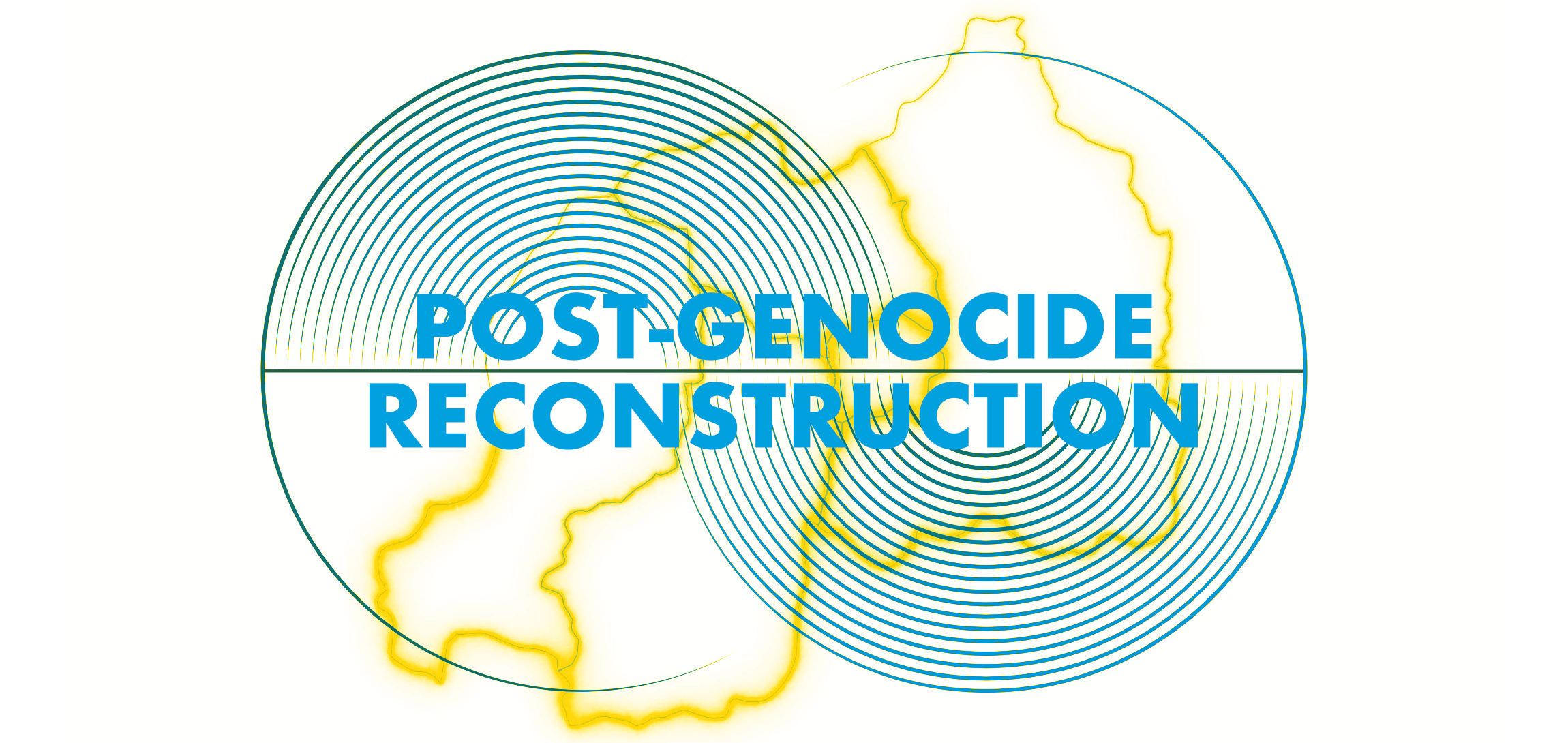
From April through July 1994, between 500,000 and 800,000 members of the Tutsi minority ethnic group, along with moderate Hutus, were victims of a government-led genocide. As part of post-genocide reconstruction efforts, both Rwandan society and the legal system have been transformed. The nation eliminated the ethnic lines which were imposed by colonizing powers and along which the genocide occurred. The decision to transition to a common-law system was another way Rwanda sought to move past the genocide and the legacy of colonialism.
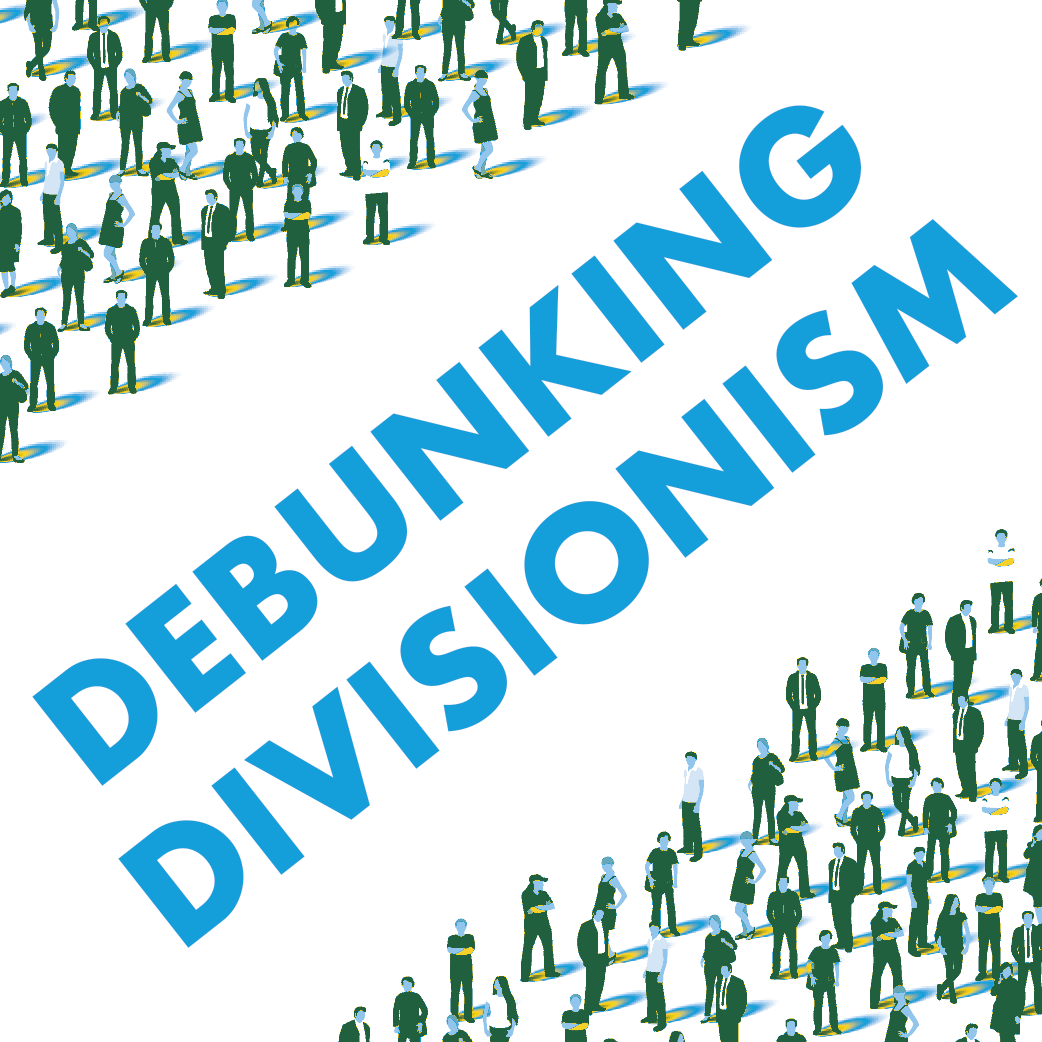
Legal structures and classifications—some of which date from the colonial era—have been overhauled in post-genocide reconstruction. The 2003 constitution affirmatively states that all Rwandans have equal rights. Laws have been passed to fight discrimination, and “divisionism” (a unique term to address discrimination and sectarianism) carries a serious penalty of fines and prison time. The constitution also specifies that the government has a special duty to care for the “welfare of the needy survivors of the genocide against Tutsi.”
Post-genocide reconstruction included three levels of justice sector reform: the International Criminal Tribunal for Rwanda (ICTR), changes to the national court system, and the Gacaca courts.
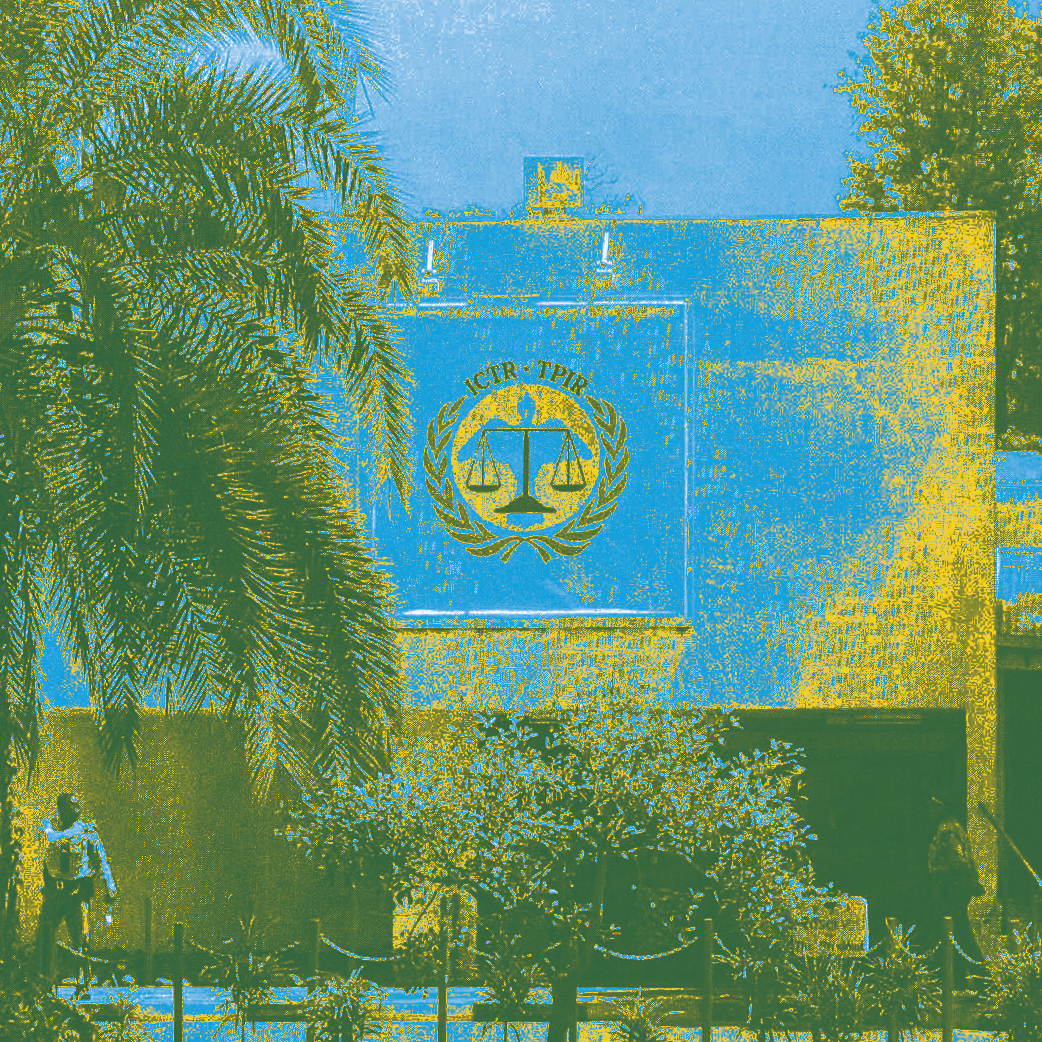
The ICTR was established by the U.N. Security Council in November 1994, with a mandate to “prosecute persons responsible for genocide and other serious violations of international humanitarian law” committed in Rwanda and neighboring states between January 1 and December 31, 1994. It is headquartered Arusha, Tanzania, with offices in Rwanda and the Hague (Appeals Chamber).
The tribunal has issued several landmark judgments, including the first judgments by an international tribunal on the question of genocide, defining rape and recognizing it as a mechanism of genocide, and holding members of the media responsible for broadcasts inciting genocide.
The ICTR closed in 2015 after two decades of adjudicating cases involving high-ranking individuals responsible for the genocide. The tribunal sentenced over sixty people to life imprisonment, with a handful of cases either turned to the national courts or ending in acquittal.
The national court system was also reformed and was empowered to prosecute those accused of planning or participating in the genocide. These courts have concurrent jurisdiction with the ICTR over prosecutions and are required to defer to the primacy of the ICTR’s decisions. Prior to 2007, national courts had authority to impose the death penalty for génocidaires. The ICTR procedural code allowed only for sentences of imprisonment; when the death penalty was abolished in 2007, genocide cases were transferred from the ICTR to Rwanda’s national courts.
As thousands of accused individuals awaited trial in the national court system, Gacaca courts were established to provide grassroots-level justice for many of the cases involving crimes against humanity committed from 1990–94 (especially the genocide of 1994). Their work began in November 2002 and concluded in June 2012. Gacaca courts enabled ordinary Rwandans to sit in judgment of their peers. The Gacaca system took a different approach to effecting justice, expanding the range of penalties to include compensation and emphasizing confession and forgiveness.
The Gacaca courts represented a return to the traditional community court system. Local communities elect judges to hear the trials of genocide suspects accused of all crimes except planning of genocide. The courts issued lower sentences if the defendant is repentant and seeks reconciliation with the community. Defendants who confessed often returned home without further penalty or received a sentence of community service. In all, more than 12,000 community-based courts adjudicated more than 1.2 million cases throughout the country.
Gacaca courts promote reconciliation by providing a means for victims to learn the truth about the circumstances under which their family members died. These trials provide perpetrators the opportunity to confess, show remorse, and ask for forgiveness from their community.

